A feast of progress
Innovative agricultural research is revolutionizing farming methods across China and expanding business opportunities.
Zhang Shiling is in charge of aquatic products at the online retail platform Dingdong Maicai. From Xinjiang crabs to Yellow River wetland crayfish, he provides consumers with their food requests despite seasonal challenges.
Last February, Zhang discovered a crayfish farm in Yellow River wetlands during his nationwide search for produce. Impressed by the crayfish's thin, clean shells, he introduced them to the market.
"The consumers love these crayfish," Zhang said. "They have a high repurchase rate because of their delicious taste — whether boiled or steamed — with sweet and fresh meat."
Every year, Zhang buys crabs from Jiangsu province, however, there are times of the year when they are unavailable. With the help of an agriculture institute, Zhang learned that crabs sourced from Xinjiang could fill the gap.
"In Xinjiang, they've learned crab farming techniques from Jiangsu. The crabs raised with snow water in the Tianshan Mountains have thinner shells and sweeter meat and are about 70 percent of the price of Yangcheng Lake crabs," he said.
Zhang also noticed that in recent years, many places in China have started farming high-quality aquatic products such as South American white shrimp.
"Chinese consumers are trusting domestic aquaculture more and don't rely as much on imports. They also want domestic seafood to be fresher," Zhang added.
Xia, from the Hangzhou caviar company, said his company also relied heavily on technology to improve its product.
"In 1998, our founding team established the Sturgeon Breeding Technology Engineering Center of the Chinese Academy of Fishery Sciences," he said.
With the international ban on wild sturgeon fishing, Xia said his company saw an opportunity to fill the gap in the international market and in 2003 developed its caviar project.
One of the sturgeon species their team researched was the Kaluga, or river beluga, which can live up to 100 years and weigh 1 metric ton. "We chose the name of this fish to name our caviar after," he said.
After scouting various locations for aquaculture, the company settled on Qiandao Lake. "We were impressed by its crystal-clear water and smooth surface during our first visit. The area also boasts excellent transportation and government support for technology transfer, making it an ideal choice in Zhejiang," he explained.
Xia and his team faced the challenge of Zhejiang's hot summers. They overcame the hurdle by pumping cold water from the depths of the lake to cool the fish farms. This improved survival rates of the Kaluga and led to a significant increase in productivity.
Processing the caviar was another challenge to overcome. The company sent employees to Germany to learn the techniques involved and they later set up a caviar production workshop in a rented warehouse.
In 2006, they produced China's first jar of farmed caviar. "We started with about 500 kilograms that year, then gradually increased to 1.7 tons, 3.2 tons, and in 2023 we hit 221 tons," Xia said.
Their workshop became too small for their requirements and in 2010 the company built a processing center in Quzhou, Zhejiang. Since then, the company has expanded its operations beyond Qiandao Lake to Liaoning, Sichuan and Hubei provinces.
"Our technology is ready to be replicated elsewhere in China," Xia said. "We have also invited environmental and fisheries experts and others to study wastewater treatment. Through chemical methods, we turn wastewater into organic fertilizer, which is supplied to local farmers for use, forming a good agricultural cycle."
Farmers have also been taught how to breed sturgeons and sell them to the company. A research institute to train students in aquaculture and production techniques has also been established, Xia said.








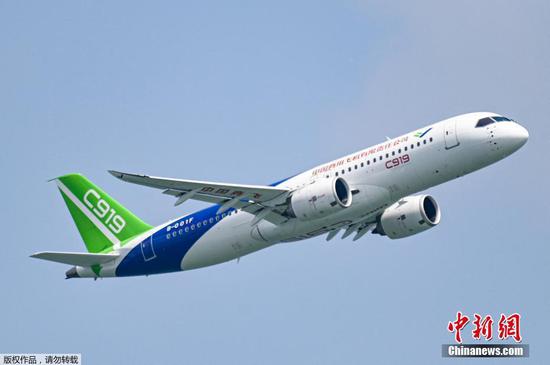

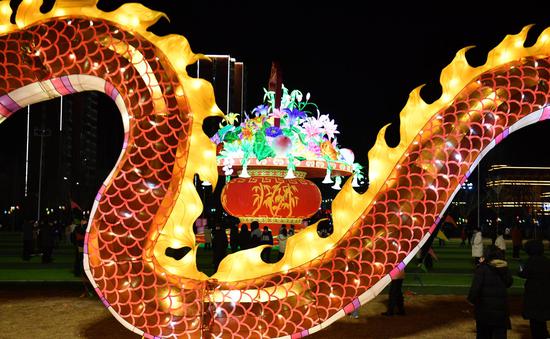


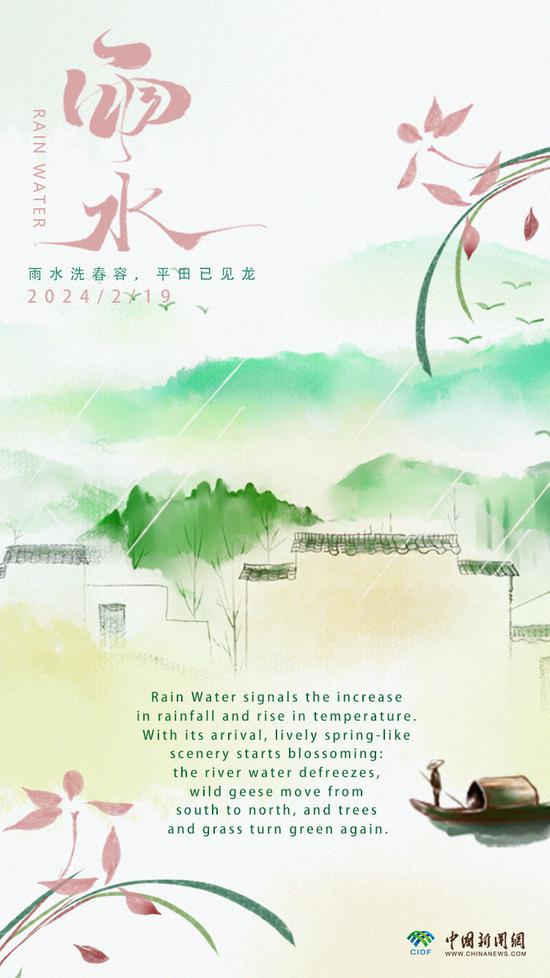







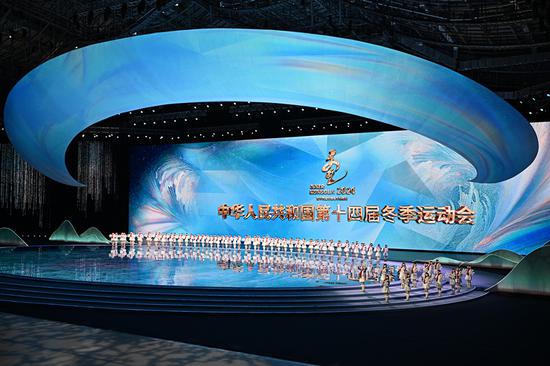





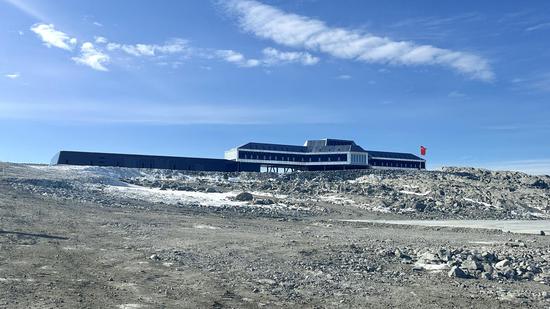

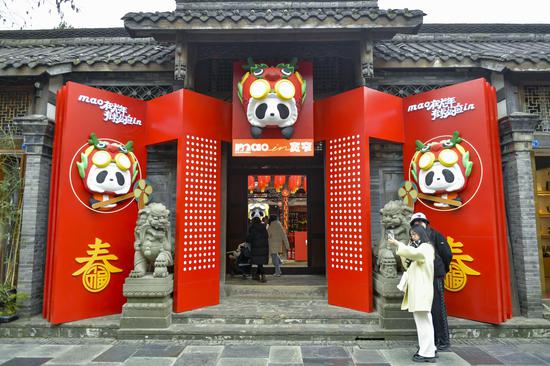





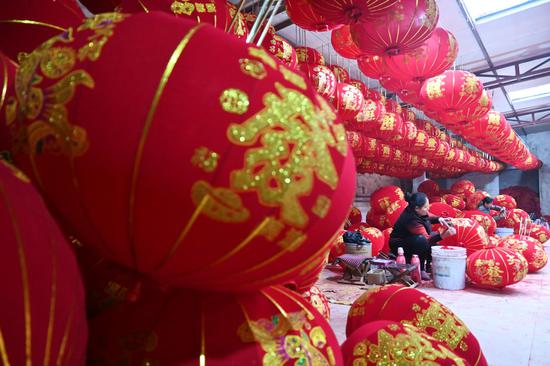







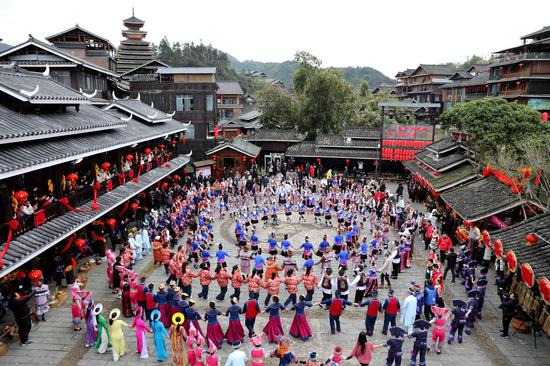




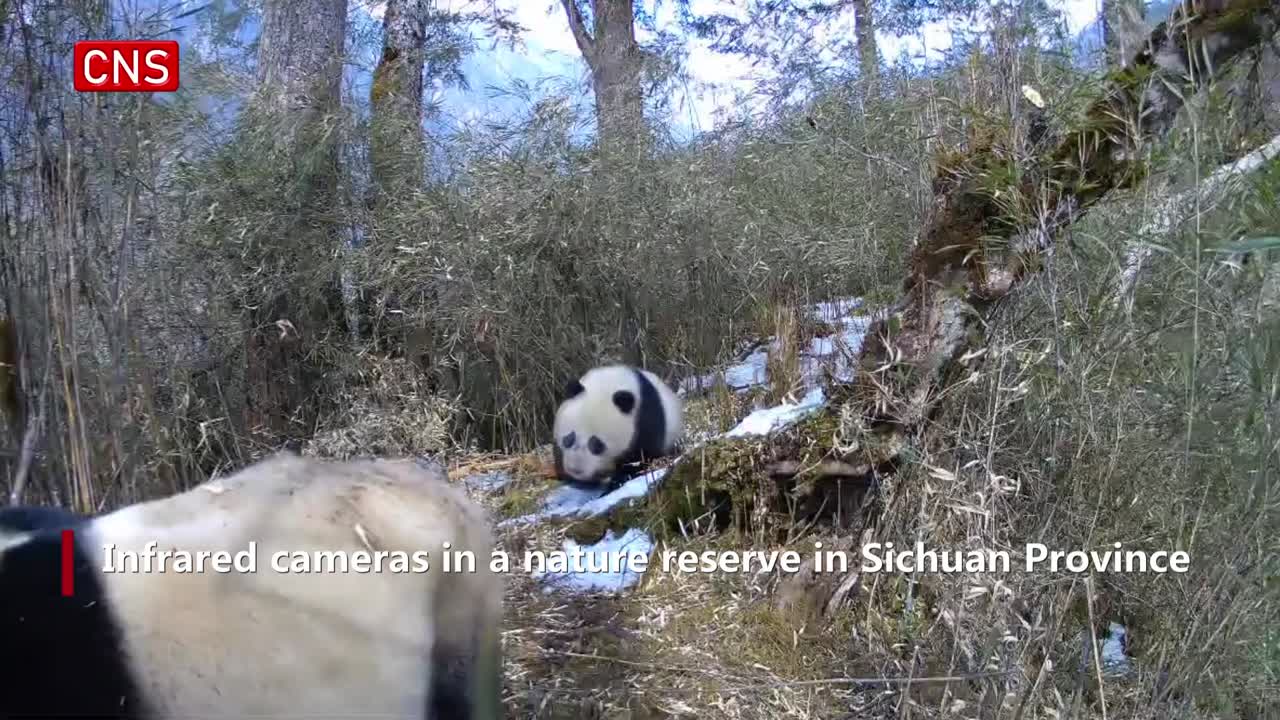

 京公网安备 11010202009201号
京公网安备 11010202009201号
